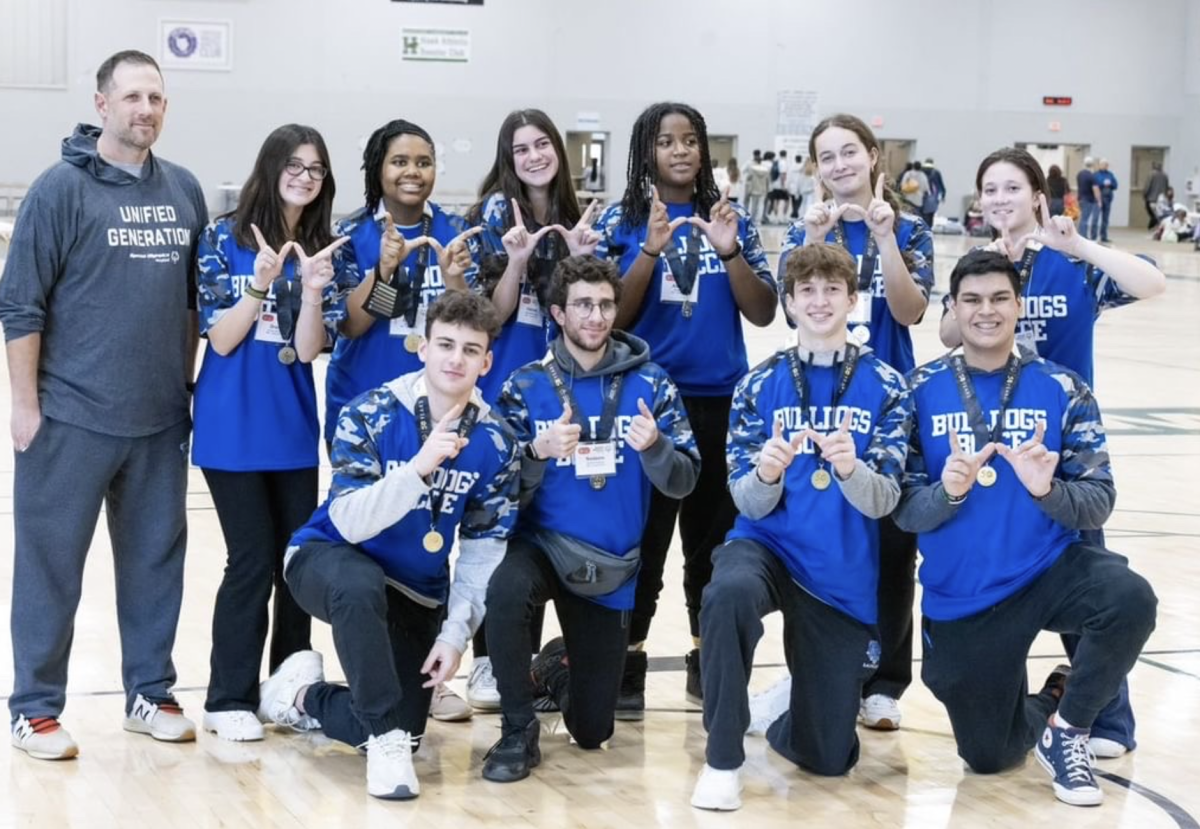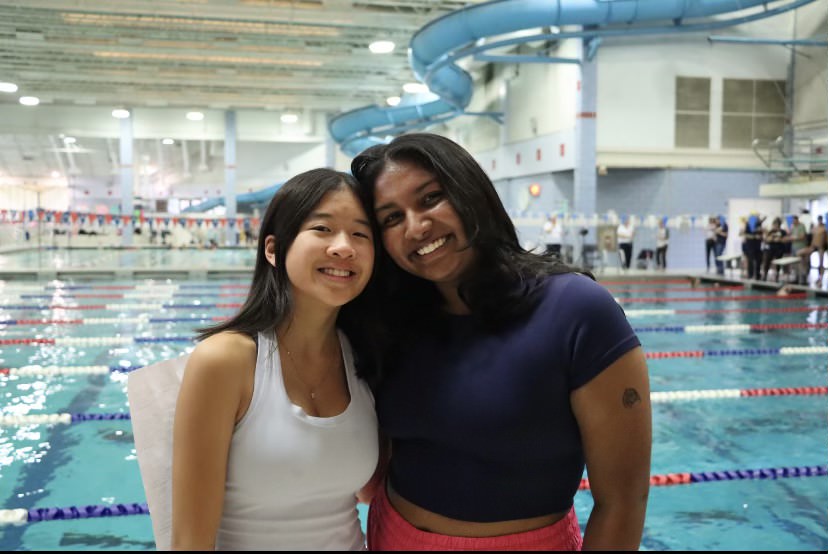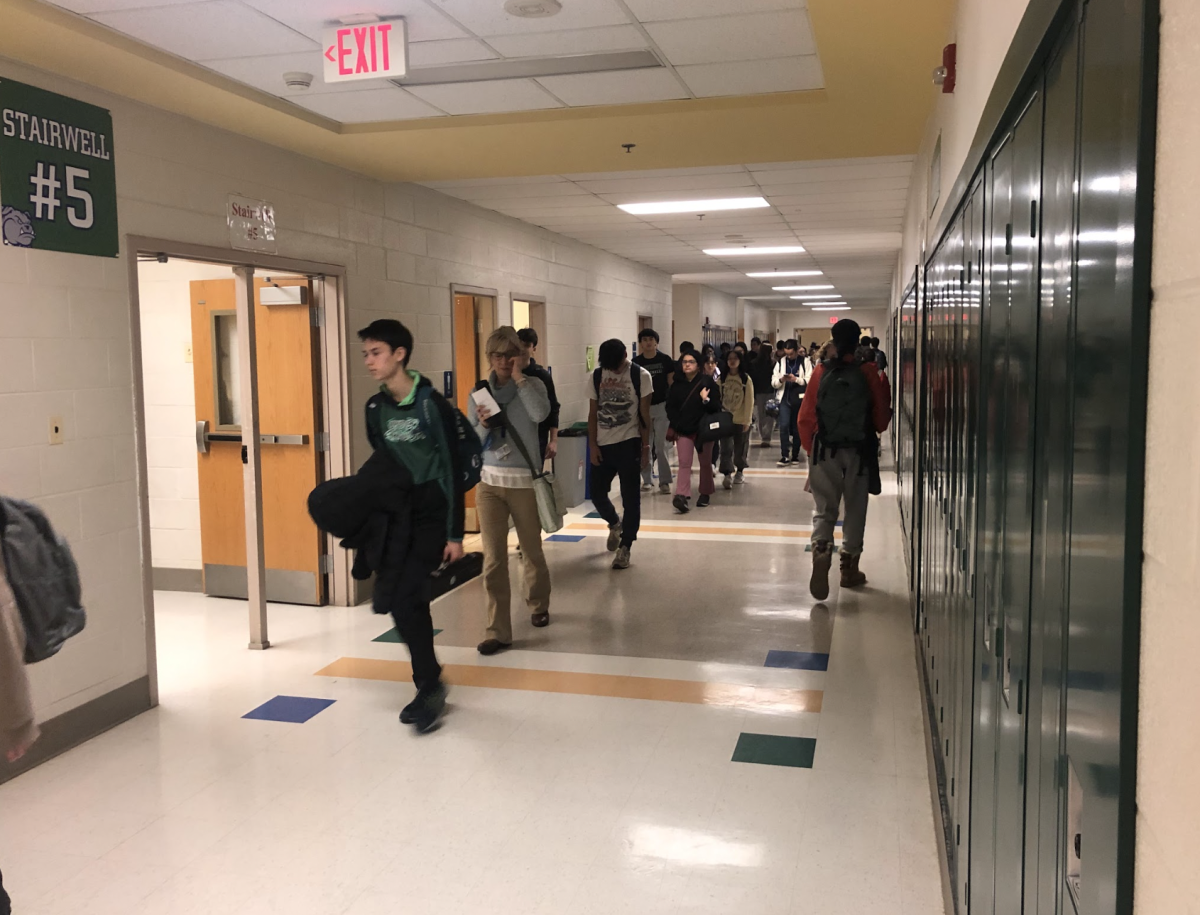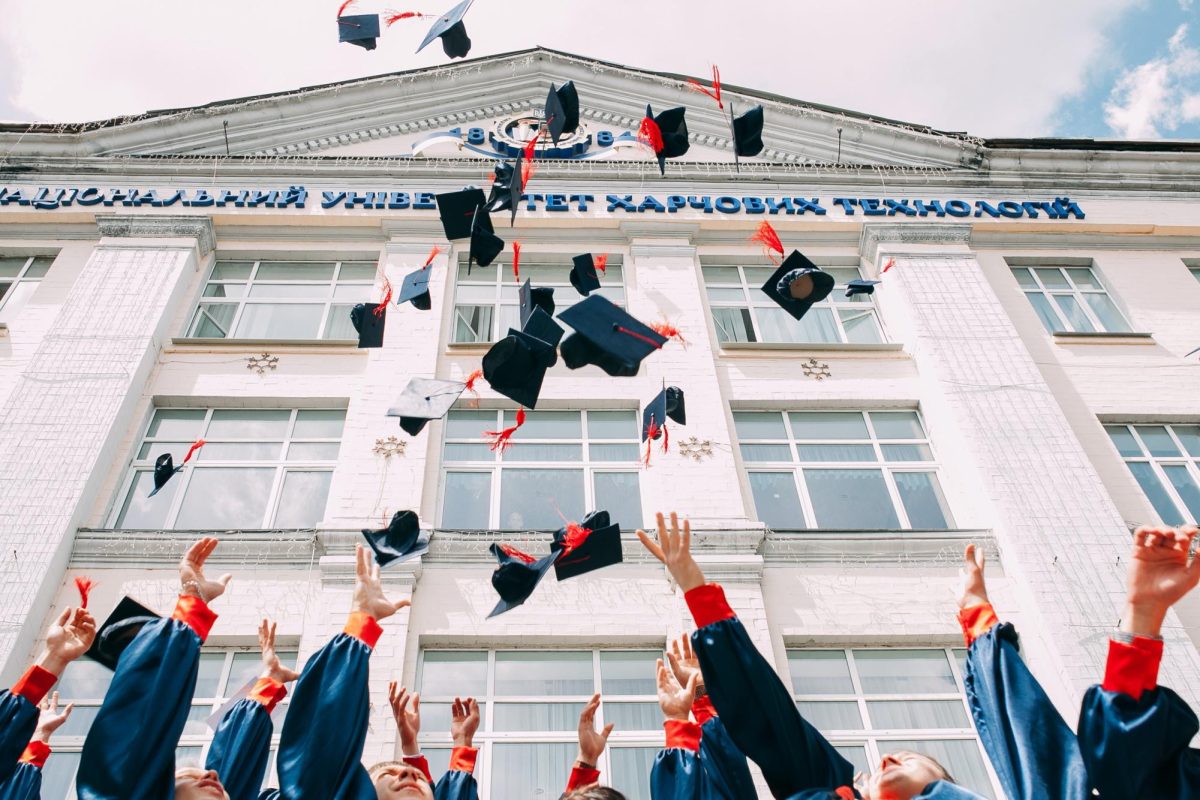The Maryland legislature recently passed a law allowing students to register to vote when they turn 16. The law, which is awaiting the signature of Gov. Martin O’Malley, is intended to make the voting process easier by extending the registration period.
Lawmakers hope that the law will increase participation among young voters whose turnout has traditionally been low with an average of 22 to 42 percent participating in presidential elections and only 17 percent participating in midterm elections.
“If [young people] are registering to vote, they are more likely to be involved in political campaigns and the election process,” Maryland House of Representatives and CHS parent delegate Brian Feldman said.
Although this piece of legislation may have a large effect on voter participation, lawmakers have taken other significant measures to lure in young voters.
For the first time ever, students who were 17 at the time of the 2008 primary elections, but would be 18 by the time of the general election, were allowed to vote in the primaries. Additionally, Congress passed the Motor Voter Act of 1993 to increase voter participation by allowing people to register when they applied for their driver’s licenses.
According to AP NSL teacher Matthew Schilling, the Motor Voter Act worked when taken nationally, but in essence it failed to achieve its goal. The turnout rate of the voting eligible population, the percentage of the population that is over 18, registered and eligible to vote, actually decreased because despite registering, people simply were not turning out at the poles.
These were not the first changes to voter participation in the country. The 26th amendment lowered the voting age 21 to 18 and the vote was extended to African American’s and women in the 15th and 19th amendments. Though lowering the age further would require another constitutional amendment, some feel that this action should be taken.
“If we teach people [National, State and Local government], sophomore year, we should allow them to vote sophomore year or junior year because the whole point of NSL is to make them aware of [politics],” SGA sponsor and NSL teacher Justin Ostry said.
This year, students will be allowed to pick up registration information and fill out registration forms during the April 28 elections for the Student Member of the Board.







